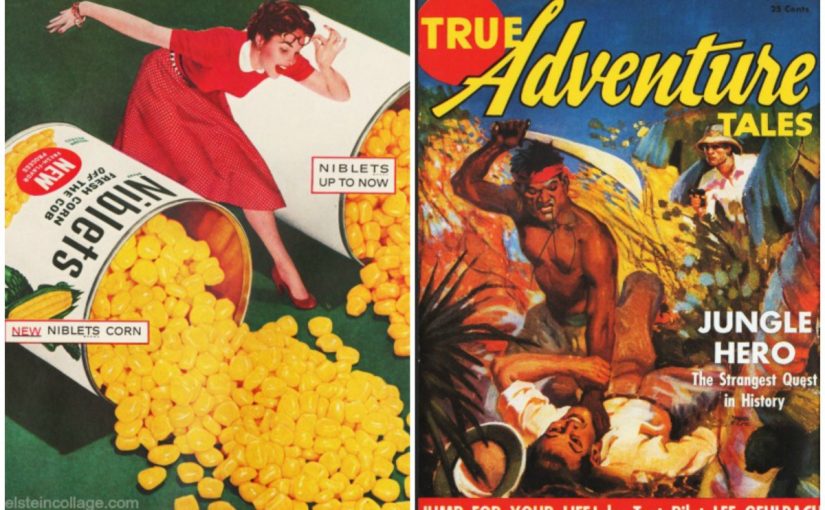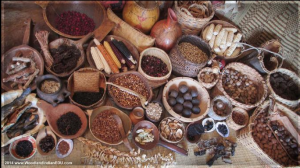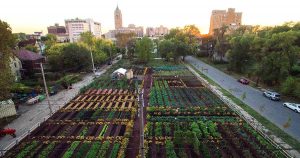Jennifer Diaz
SOS: ComAlt Sem Pre-Write
Week 5
07 February, 2017
Word Count: 282
Passages:
“This bizarre image emerges from the complex web of racial relationships, as though to find a compromise between white America’s twinned emotions-desire and fear-nothing will do but to actually internalize and obliterate blackness…”
“…implicated in cannibalizing the black body, as a precondition of their entry into the modern, capitalist world…”
“To taste food, and to taste certain forms of desire, is to experience that which cannot yet be put into words…”
“…to empathize with the slave is to internalize her, but to do so is also to annihilate her subjectivity…//
“That slavery as a fundamental injustice gets stuck inside the body politic.”
(Tompkins 2012: 90, 95, 102, 106, 113, 117)
“And, the Lakota people and other native people deserve to be recognized as more than mascots.”
(LaDuke 2016: 105)
“Or else those eggs expected when
It suits the mood of Mrs.Hen—
Not egocentric in your art,
For barnyard creatures play their part”
(Newman 2013: 65)
News Media Context:
Missing and Murdered: No One Knows How Many Native Women Have Disappeared
Under VAWA 2005, a national study authorized by Congress found that between 1979 and 1992 homicide was the third leading cause of death among Native females aged 15-34, and that 75 percent were killed by family members or acquaintances.
https://indiancountrymedianetwork.com/news/native-news/missing-and-murdered-no-one-knows-how-many-native-women-have-disappeared/
Stress and the Digestive System
In recent years, doctors have uncovered a remarkably complex connection between the brain and the digestive system. The entire system is extremely sensitive to our moods. In fact, experts now see stress as a major player in a wide range of digestive problems, including irritable bowel syndrome, indigestion, and heartburn.
https://consumer.healthday.com/encyclopedia/digestive-health-14/digestion-health-news-200/stress-and-the-digestive-system-645906.html
Discussion:
Whether the prey prefers to be chased or not, the role of being preyed upon is stressful. Black and brown bodies have been gathered and used to do the work that colonizers did (and still do) not want to participate in. Tompkins proclaims that slavery is an injustice that gets stuck in the body politic. I believe the stress, trauma, and injustices done to our bodies and our ancestors bodies find safe havens in us until they are able to leave. LaDuke says that the Lakotas humanity deserves recognition and respect. It is hard to recognize something as human when you hold intense emotions towards it that may cloud the way the “other” individual is perceived. Just like how Tompkins points out how we eating the other makes it so that the eater cannot see the slave as subjective any longer. Fear, desire, lust, and empathy all have the ability to connect, tear down, and re-arrange connections between two people, in very beneficial and in very silencing ways, ways that ignore that the other is existing outside of your perspective of them. People are more than what our experience of them can contain.
Every barn yard creature plays their part, and as long as I’m getting mine than that’s all that matters, say the white man.
The brown one is picking the food, the black one is picking the trash, the yellow one is cooking my meal, and I am sitting here enjoying the fruits as I watch my TV with the images of the pretty light skinned people.
Every creature is playing its part, but not every creature is looked after.
Every creature is playing its part,
But not every creature is well or free





